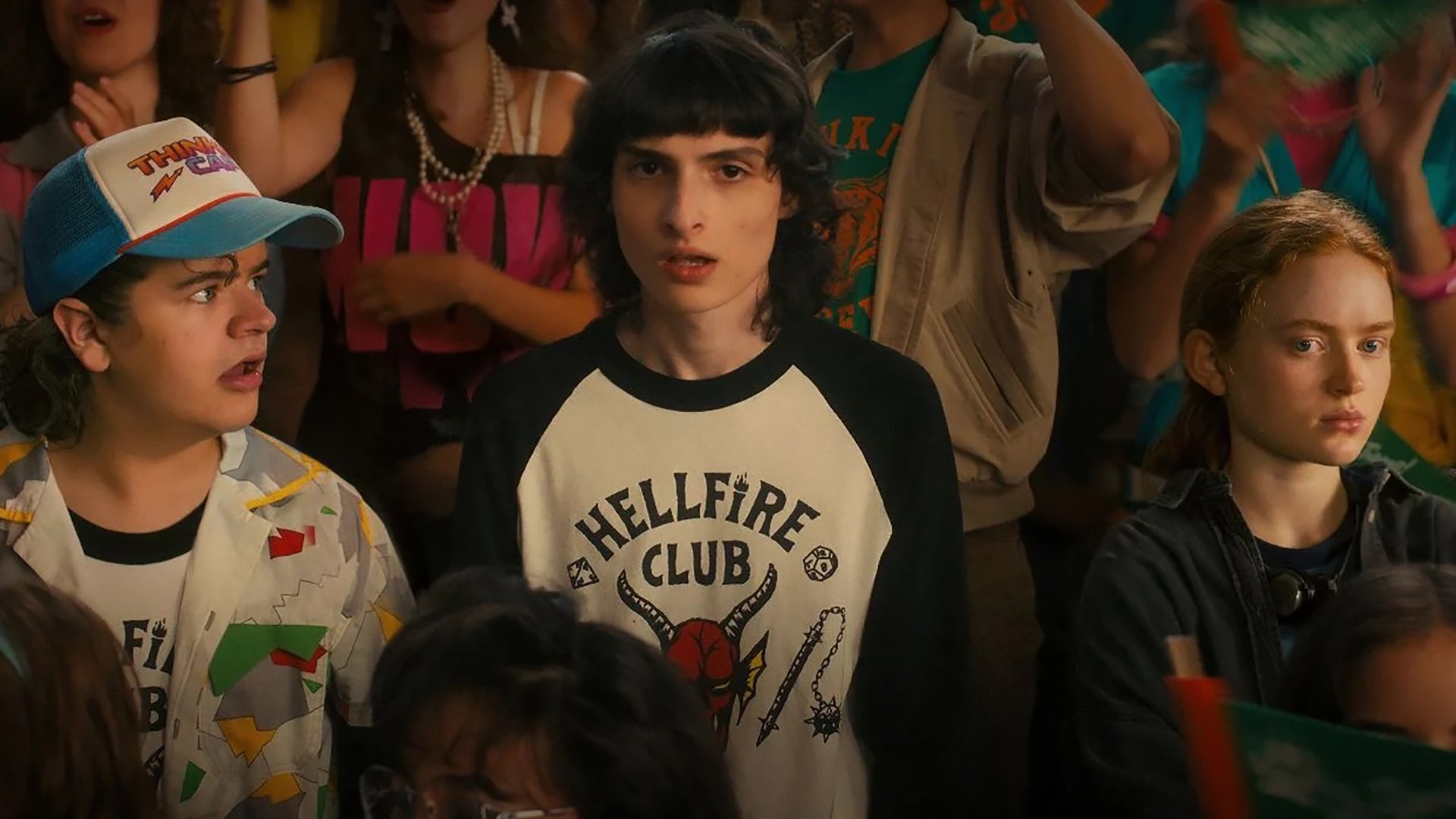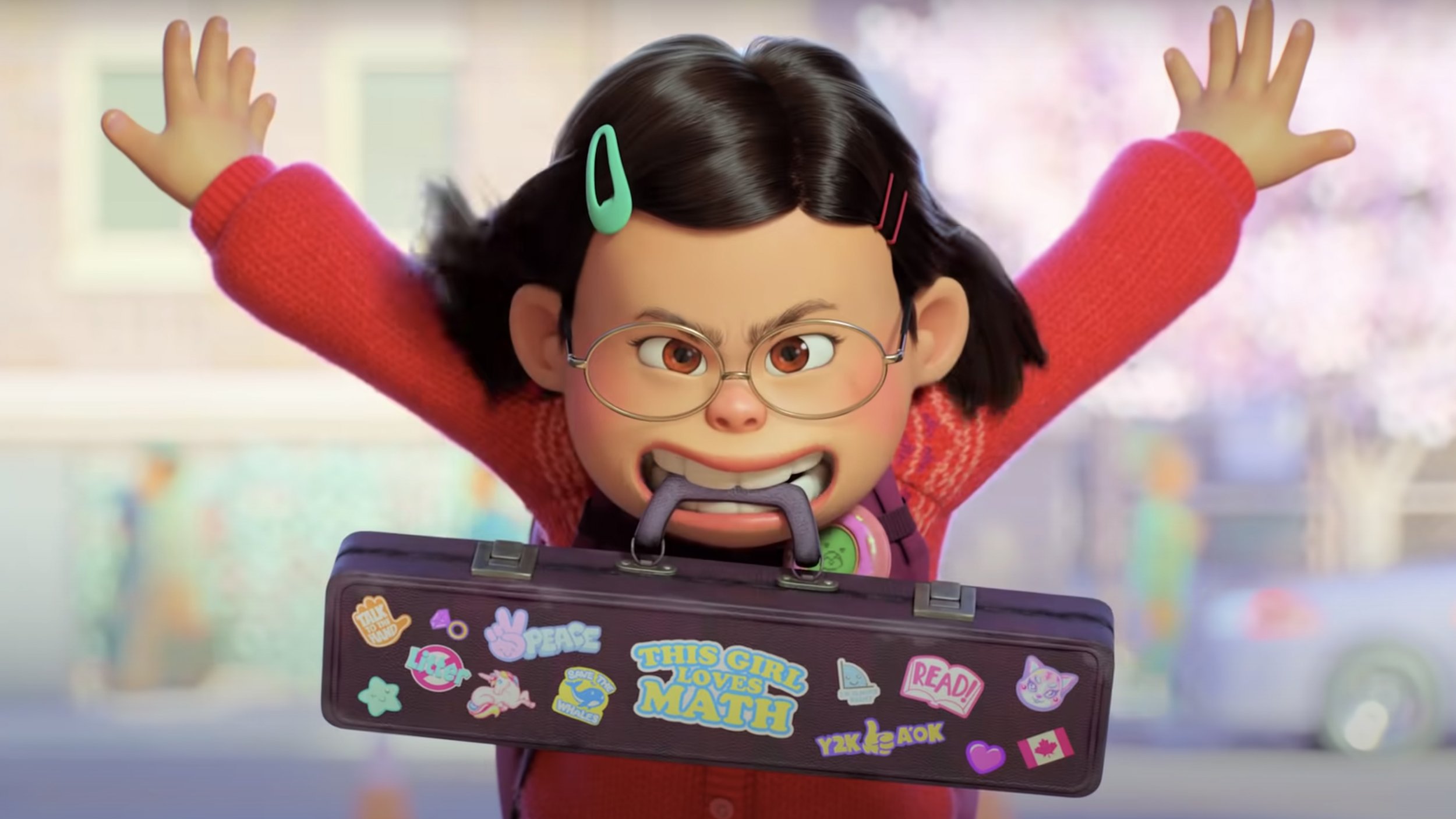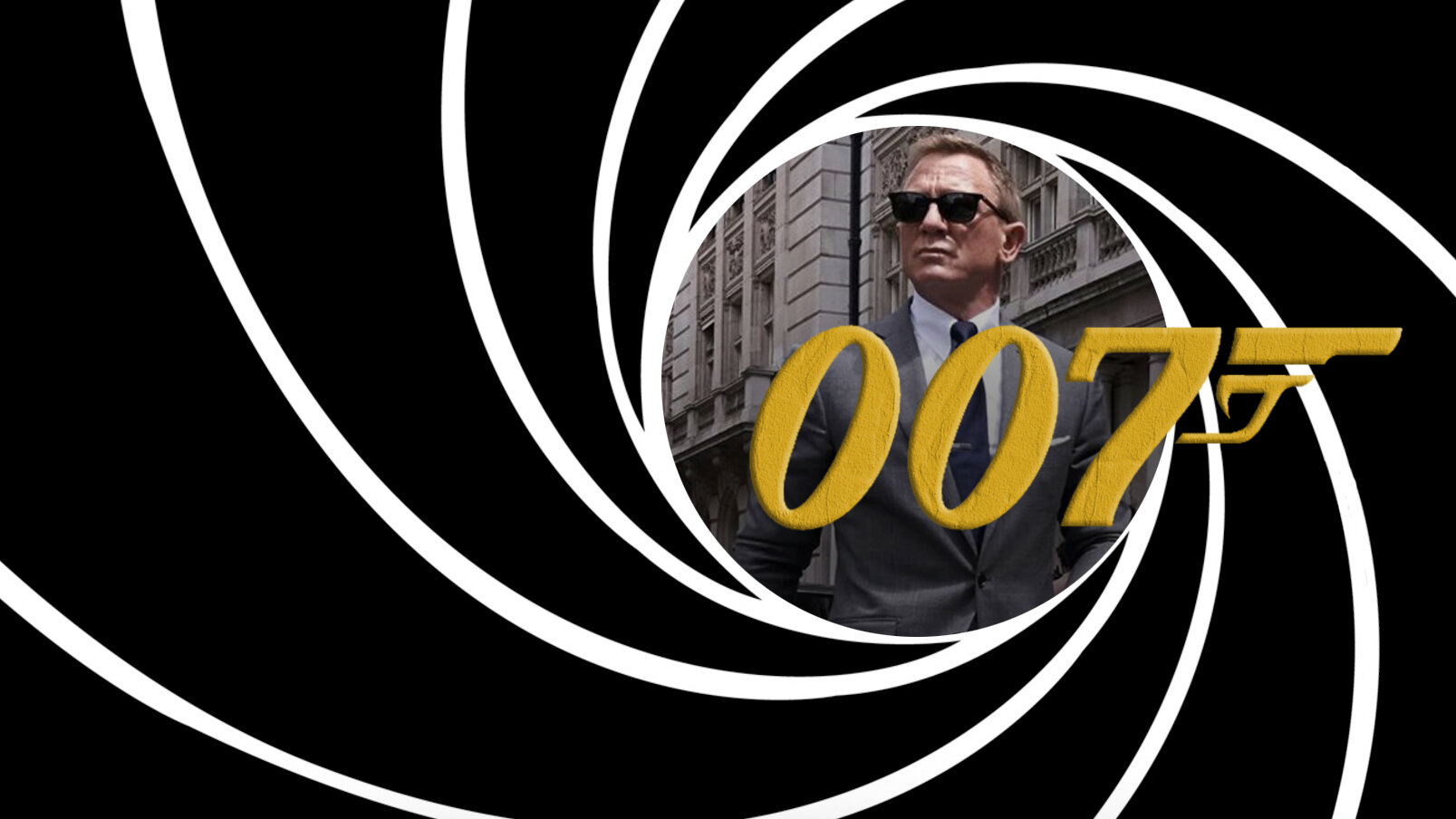By Brandon T. McClure
Before series creator Akira Toriyama envisioned a tournament saga, Dragon Ball followed Goku and friends searching for the magical Dragon Balls. When brought together, the Dragon Balls can summon the mystical dragon Shenron who would grant one wish. Since then, the Dragon Balls have been used countless times to grant all kinds of wishes, from unlocking Piccolo’s latent potential, to, most recently, turning the Z fighters into kids. But more times than not the balls have been used to bring characters back from the dead. This specific use has caused the Dragon Ball franchise to develop a stakes issue in recent years. Luckily, the franchise had already dealt with this very issue once before.
Dragon Balls
When Dragon Ball Z was coming to an end in 1996, Toei animation had already developed a new follow up, titled Dragon Ball GT. This series would not be based on material created by Akira Toriyama, although he did provide character designs. Instead Dragon Ball GT was the brainchild of the writers and artists at Toei Animation, the animation company responsible for producing the Dragon Ball anime’s. The show was set after the epilogue of Dragon Ball Z and, in an attempt to recapture the feeling of adventure from the early Dragon Ball episodes, would introduce the Black Star Dragon Balls. These Dragon Balls would summon a massive red version of Shenron, called Ultimate Shenron, and would disperse across the universe after being used, which set off a galactic adventure (a Grand Tour some could say). The series would go on to introduce new villains like Baby, reintroduce old villains like Android 17, and of course introduce the famous Super Saiyan 4 transformation.
Arguably, Dragon Ball GT’s greatest contribution to the franchise was the final arc, dubbed The Shadow Dragon Saga. Due to the Dragon Balls' continued use over the decades, the Dragon Balls began to crack due to the massive amount of dark energy that had been stored in them. When Goku and his friends attempted to summon Shenron, smoke came from the balls and the Black Smoke Dragon rose in Shenron’s place. After refusing to grant any more wishes he split his essence into seven powerful shadow dragons representing the most selfish wishes ever made in the franchise. Goku and his friends had to track down and defeat each dragon before being able to cleanse the Dragon Balls. Now able to summon Shenron, the dragon explains that the Dragon Balls were never intended to be used as frequently as they had been; they were to be revered in a world where their power was unnecessary. At the end of the series, Shenron, Goku, and the Dragon Balls leave the Earth for 100 years in order to purge the balls of all the built-up negative energy. The final episode of Dragon Ball GT, titled "Goodbye, Goku… Until the Day We Meet Again" is often considered the best part of a much maligned series.
While the Shadow Dragon saga was meant as an ending for the franchise and Goku, that doesn’t have to be the case here. It’s not unreasonable to say that Dragon Ball Super has a stakes issue it inherited from Dragon Ball Z. As the rules of the Dragon Balls kept changing (remember when you couldn’t be brought back to life more than once?) they became more of a crutch than a benefit. Toriyama himself seemed to be aware of this since he wrote that Bulma almost exclusively uses the balls to make herself look younger. Dragon Ball Super: Super Hero even explains that she keeps the Balls all the time in order to prevent anyone who isn’t a main character from making any wishes. Sure, that means a supervillain couldn’t find them and wish for immortality, but it also takes the Dragon Balls away from being a serious plot element in the show. No matter what happens in the story, the Dragon Balls will always be there to fix it once the threat has been defeated.
While this problem is very prevalent in Dragon Ball Super, Dragon Ball Z had it as well. Throughout the various arcs of the show, Toriyama had to find ways to take the Dragon Balls off the table or limit their power. Krillin’s death at the hands of Frieza wouldn’t have felt nearly as impactful if he could be wished back with the Dragon Balls, which would have lessened the impact of the show's most iconic moment, Goku’s first Super Saiyan transformation. There are many moments like this in Dragon Ball Z that provided suspense for the audience because they weren’t sure if the Dragon Balls could be used. Fast forward to Dragon Ball Super, and while the battles are epic, there’s no real sense of danger to any of the characters. Shenron’s power has been greatly enhanced and he’s practically part of the family.
Dragon Ball Super: Broly left the door open to see more stories reinvented through Dragon Ball Super. In the original non-canon Dragon Ball Z films, Broly was an evil Saiyan who was motivated to kill Goku due to being stuck next to his pod as a baby. Toriyama was able to take the concept of the Legendary Super Saiyan and reimagine it in a more compelling way, which led to one of the most successful Dragon Ball films of all time. Like those original movies, it’s clear that Dragon Ball GT can no longer be canon, but the Shadow Dragons could be reinterpreted for a future arc within Dragon Ball Super. With two new sets of Dragon Balls introduced in Dragon Ball Super (one in the manga that hasn’t been adapted yet), and a new set introduced in Dragon Ball Daima, the franchise just keeps creating more powerful “get out of jail free” cards.
With, now six, sets of Dragon Balls (counting the Black Star Dragon Balls) known to the franchise, maybe making it harder for Goku and friends to use the Earth's Dragon Balls wouldn’t be such a bad thing. The abuse and overuse of the Dragon Balls are already in the text of the series so there’s no need to change that aspect of the story. Since Toriyama designed the Shadow Dragons himself, it would be easy to reuse the designs. The only difference would be the ending. Instead of Goku and Shenron going off for 100 years, perhaps defeating the Shadow Dragons causes the Z warriors to think twice before using the balls. Or maybe they won’t be able to use them for a certain number of years. Either way, this would be a fun way to take the Dragon Balls off the table for a bit and actually help the franchise bring back some stakes that are not just about which form Goku and Vegeta are going to reach next.
Now, mind you, death isn’t the only way to add stakes to a story but Dragon Ball Super has had a lot of fake-outs when it comes to death specifically, most recently Dragon Ball Super: Super Hero tried to make the audience feel like Piccolo could die at the hands of Cell Max. A move that ultimately felt emotionally hollow. While Master Roshi wasn’t revived with the Dragon Balls in the final arc of Dragon Ball Super, no one really felt he could actually be gone forever, even though his relevance in the series has long passed. All the universes that were destroyed in the final Dragon Ball Super arc were all wished back by the Super Dragon Balls. While it’s nice that those characters weren’t lost forever, a common complaint about the ending of the arc was that this move ultimately made the arc feel hollow. Admittedly, that’s the point of the arc, so whether you agree or disagree with the decision, it’s clear that fans are growing tired of the Dragon Balls being used as a crutch.
There are five canon sets of Dragon Balls in the franchise now, not including the non-canon Black Star Dragon Balls. The Granolah Arc of the Dragon Ball Super manga makes the claim that any planet where a Namekian had settled could have its own set of Dragon Balls, meaning there could be any number of them out there in the universe. The dragon balls began as hard-to-find mystical orbs that often took a whole season to collect, but now they're so commonplace that Shenron feels like one of the gang. Dragon Ball Daima almost solidifies this by explaining Shenron will grant more wishes to his “regulars.” It makes it easy for Goku and friends to get crazy wishes like bringing back the dead or making yourself look five years younger. Hell, sometimes they just summon Shenron to ask him a question. If something is beyond his power Dende can just upgrade him at will. It’s not the only way to fix this but using a version of the Shadow Dragon Saga in Dragon Ball Super could create a fun way to put some weight behind the Dragon Balls again.




















































